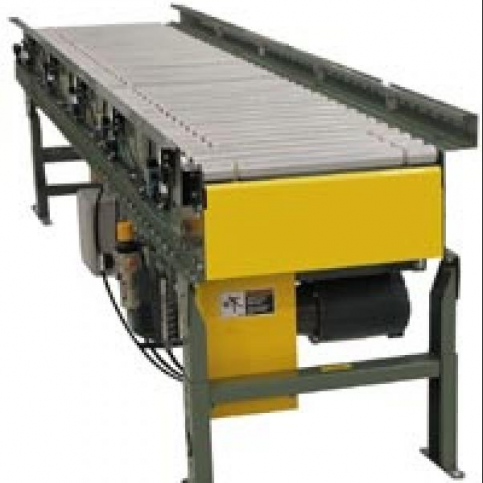Belt conveyors are some of the most common conveyor types used in manufacturing and distribution facilities. They feature sensitive components, such as conveyor belts, that need to be carefully maintained in order to ensure peak conveyor productivity.
In today’s blog, we will be going over some common problems with conveyor belts and how to keep them in check.
Problems:
There are three common problems that conveyor belts face: mistracking, tension issues, and the wear and tear of lacing.
If the conveyor belt is not tracking properly, it will wander over to one side or the other, causing delays in the conveying line. Furthermore, the belt will rub against the frame, causing the belt to catch and wear. If your belt mistracks often, you will find yourselves spending a significant amount of money on belt replacements.
In regards to tension, conveyor belts need to be calibrated to have the exact tension required. Belts that are too tight will cause extra load to be placed on the end roller bearings, thus causing premature failure. On the other hand, belts that are too loose will frequently slip under load, and as such the products will not convey.
The final most common problem relates to the general wear and tear of the belt itself. Belts that are tensioned too tightly may start seeing their lacing pulled out.
Solutions:
While every specific problem will have its own troubleshooting and repair process, it is still a good practice to keep your conveyor system well-maintained. This can help prevent a buildup of damages and problems that can eventually lead to major damage or incidents.
The two main tasks you should keep an eye on are belt tracking and tensioning. Here is a quick guide on how to check and adjust your belt:
-
Firstly, refer to your Belt Conveyor Maintenance manual for instructions on tracking, tension, and lacing care. If you do not have a manual on hand, get in touch with us at Norpak and we will be able to provide one for you.
-
Identify if your belt is too tight or too loose.
-
Make an adjustment accordingly before inspecting again. Repeat this process to ensure you are not overly adjusting the belt.
-
Make sure the belt is centered at the end of your adjustments.
-
Clean the belt well as foreign debris can cause mistracking.
-
Ensure the snub rollers, carry idlers, return idlers, and pulleys are all parallel to each other.
-
Check that these components are perpendicular to the belt center line and square with the frame.
-
Launch the conveyor in both its reverse and correct position in order to observe the belt’s performance.
-
Test the belt tracking with load added as well.
When it comes to repairing and replacing damaged parts, make sure you enlist the help of professionals such as those at Norpak Handling. We can recommend the best replacement parts that go with your system, as well as ensure that repairs are done in an expert manner. Whatever your maintenance challenge may be, we are prepared to offer workable solutions, call us today!










